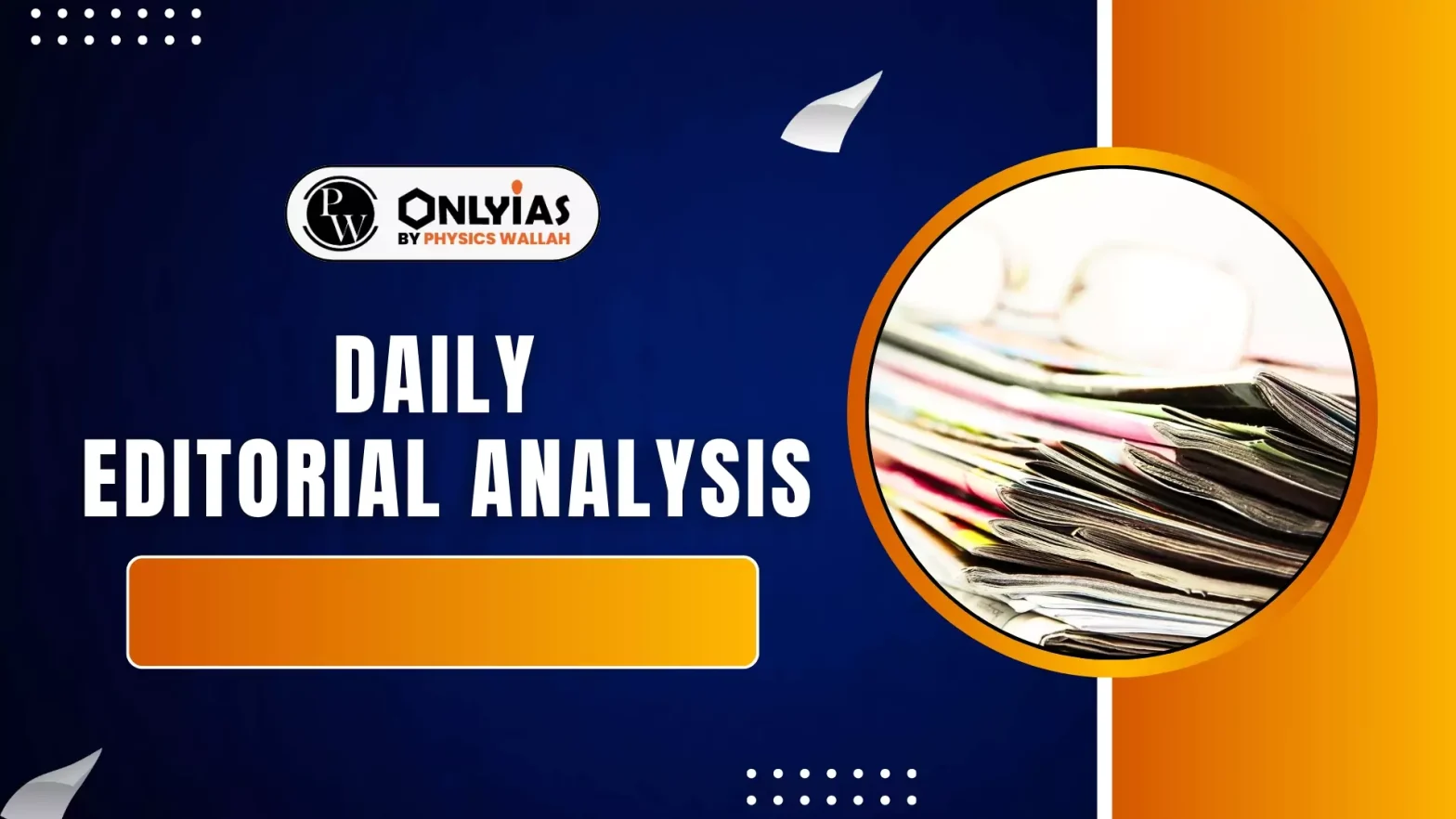The Taiwan Strait has re-emerged as the most volatile global flashpoint, with rising US-China tensions risking a broader conflict. As India’s global stature grows, understanding this dynamic becomes crucial to shaping its national security strategy.
Historical and Strategic Significance
- Historical View of Taiwan Strait: Since 1950, Indian leadership has viewed the Taiwan Strait as a geopolitical danger zone.
- Nehru’s 1950 Assessment: In 1950, India’s first prime minister described the Taiwan Strait as a danger point.
- Contemporary Rivalry: Today, the Taiwan Strait is the site of a great power rivalry between the US and China, both top global economies.
The ‘Davidson Window’ and Military Indicators
- Predicted Action Timeline: In 2021, Admiral Davidson, Commander of the US Indo-Pacific Command, predicted China might act on Taiwan by 2027, intensifying global attention.
- PLA Military Activity: The Pentagon’s 2024 report and daily PLA incursions into Taiwan’s Air Defense Identification Zone (ADIZ) underscore real military preparation.
- China’s Strategy Options: China’s strategies could include cyberattacks, quarantine, or full-scale invasion.
US Strategic Ambiguity and China’s Perceptions
- Strategic Ambiguity of US: The US policy of ‘strategic ambiguity’ remains, though Biden’s remarks and Trump-era appointments stir confusion.
- Risk of Miscalculation: This ambiguity may lead China to miscalculate US intentions, increasing the risk of confrontation.
Taiwan’s Political Posturing
- Beijing vs. Taiwan Perceptions: President Lai Ching-te’s actions are viewed by China as provocative, while Taiwan sees them as legitimate self-defense.
- Debate over One China: The debate hinges on whether Taiwan is breaching the ‘One China’ red line.
China’s Intentions and Domestic Constraints
- Unclear Chinese Intentions: Though capable, China’s intentions are harder to read due to opaque governance under Xi Jinping.
- Internal Stability as Precondition: The 2024 White Paper on National Security links party control, economic stability, and national security, implying China will act only if internal stability is assured.
India’s Strategic Imperatives
- Global Economic Risks: A Taiwan crisis could impact shipping lanes, semiconductor supply, submarine cables, and economic stability.
- India’s Strategic Response: India must develop resilience in critical sectors and reduce dependency on China to mitigate fallout.
Conclusion
India cannot afford to ignore the Taiwan Strait crisis. It must integrate potential disruptions into its security policy, proactively secure critical infrastructure, and prepare for geopolitical shifts that could reshape the Indo-Pacific order.
![]() 20 May 2025
20 May 2025


